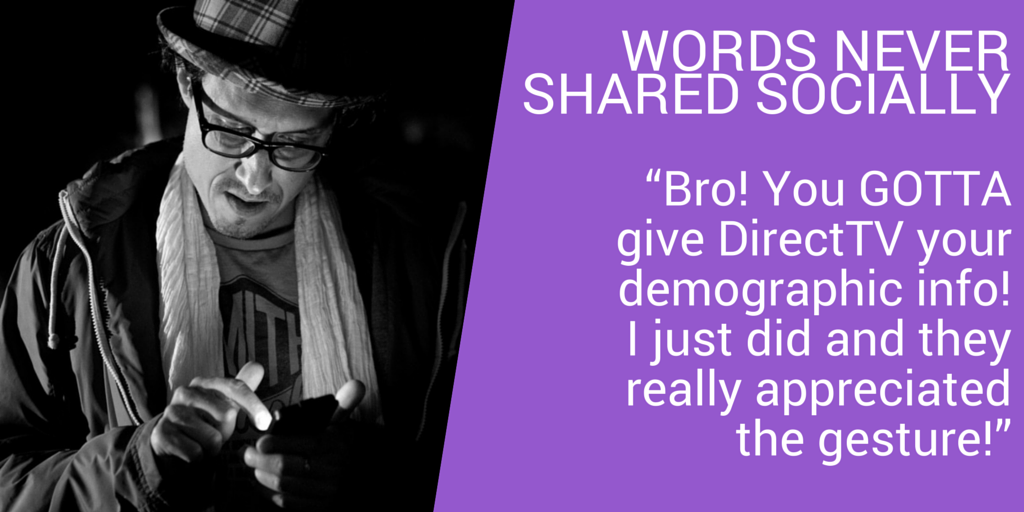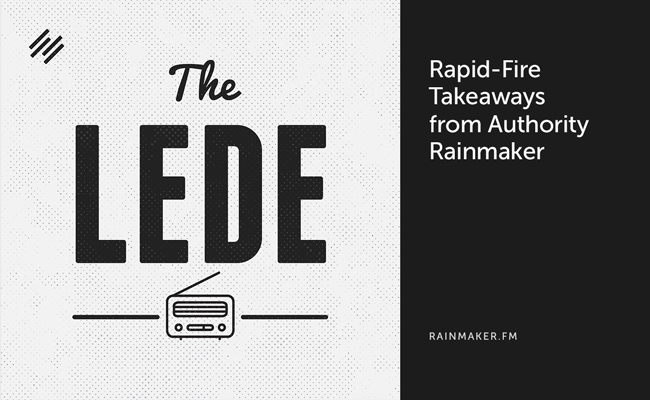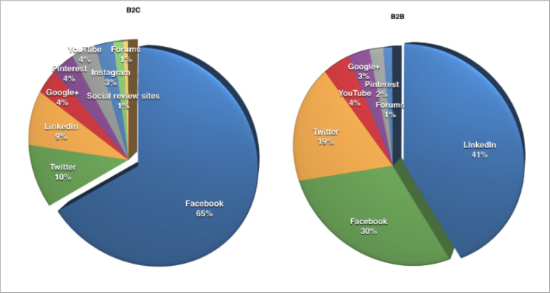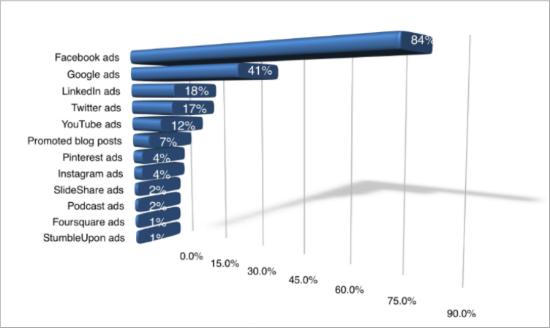We’ve all noticed quizzes like these flooding our social feeds:
- “How Well Do You Know Swedish Ice Cream Flavors?”
- “Where Should You Schedule Your Next Overseas Appendectomy?”
- “Which Laotian Political Party Should You Pledge Absolute Allegiance To?”
Obviously I jest a bit, because everyone knows that Laos is a single-party state. But here’s the truth—we’ve all taken a “stupid quiz” like this and loved it, which is how quizzes have become one of the most shared forms of content on the web. And that’s not stupid at all.

Getting Leads from Stupid Marketing Quizzes
We were reviewing quiz engagement metrics this week, and we noticed something remarkable. Overall, Qzzr customers had recently shown 378,000+ people a call to action requesting an email address. Over 38,000 of those people went ahead and submitted their information.
That’s a conversion rate over 10%! Across the board. Thoughtful, data-driven marketers blew that rate out of the water.
Let me share a real-world example. And we won’t highlight an amazing viral success from a top brand or publisher like Gawker. There’s definitely a place for that, but sometimes we like to shine light on smaller businesses too. Why? Because everyone can benefit from interactive content.
Beauty blog Pampadour launched a quiz in mid-April, leading up to Mother’s Day. It asked people a series of questions to determine which beauty product they should buy for their moms. 399 people took the quiz, 357 finished it, and 229 entered their information in the lead form. That’s a completion rate of just under 90%, and a lead conversion rate of 64%. Better yet, behind the percentages are 229 highly qualified prospects.

Beyond conversion rates, are there other benefits that might make marketing quizzes worth your time to look into?
BR and TOS
I can’t be the only one that sees “BR and TOS” and thinks “burritos.” Less hungry people, however, will recognize BR as Bounce Rate and TOS as Time on Site—two metrics that gauge someone’s interest in the pages on your site. There’s some evidence that search engines like Google also take these metrics into account when deciding where sites rank in search results.
Bounce Rate
How often are people ditching your site after viewing only one page? Unlike the beloved potato chip Pringles, do people “Pop,” then immediately “Stop”? Your bounce rate tells you whether people think your content is worthwhile.
Quizzes offer an interactive content experience that they love. How do we know this? Qzzr quizzes have a completion rate that’s over 80%. It’s no surprise that people love to take them. It’s even more exciting that people don’t bounce from quiz pages once they arrive.
Time on Site
It stands to reason that if people only stay on a page for a couple seconds, search engines take that as a clue that people aren’t finding what they’re looking for there.
Since April we’ve seen an average completion time of just over two minutes per quiz. A good TOS is 30 seconds, so four times that amount is pretty spectacular.
Is that not enough to make your mouth water? There’s more to the quiz phenomenon. Consider the amount of actionable data that is generated when someone takes a well-designed quiz.
Marketing Quizzes for Data Collection & Marketing Automation
Sideshow Collectibles designed a quiz to draw in potential customers and sort them into different factions.
The quiz did a great job of that—of the 37,000 people that took the quiz, over 22,000 offered their email address for more information. But that’s only half the magic. The questions they asked helped them learn more about the people that took the quiz.
Sideshow’s post-quiz outreach continued the conversation that the quiz started, and allowed them to group their contacts into meaningful personas. So far, Sideshow has attributed over $75,000 in sales to that “stupid quiz” alone.
Relevant data allows you to offer a personalized content experience. Quizzes provide a way for you to get that data in a way that people like.
Quizzes vs. Surveys
Here’s where you might be thinking “Right, so quizzes are just surveys, really.” And in some ways, you’d be right. They both ask questions and expect answers. But that’s where the similarities end.
Simply put, you have to beg people to take surveys. They’re seen as an entirely selfish request on the part of the surveyor: “I really want to know these things about you. Please tell me.” Without seeing what’s in it for them, potential respondents often decide that they don’t have time, don’t want to give their information, or just ignore the request altogether.
Quizzes, however, are reciprocal. Both parties stand to benefit from the exchange. Quiz creators learn about their audience, while people taking quizzes are invested in seeing their outcome or result. This means that people tend to complete quizzes more than surveys, respond more honestly, and they’re definitely more likely to share quizzes with their friends than they would surveys.

[Photo by Thomas Leuthard / CC BY 2.0]
Quizzes as a Decision Engine
Some brands have even used the information that they gather about respondents to help them make tough decisions.
In a way, quizzes can become like personal shoppers that walk people through a purchase decision. Zenni Optical, for example, launched a quiz to help people find the perfect glasses frames. This “stupid quiz” has already generated over $1 million in sales (and counting).
3 Tips for Creating Great Marketing Quizzes
When it comes to best practices for quizzes, we’ve developed a robust list, but here are three quick things that can make a major difference for you:
Do your research – The best quizzes come from businesses that know just what their audience wants. Spend time thinking through what problems your target personas want to solve. What topics generate a bunch of social posts or blog comments? Those same topics will likely make great quiz content.
Make people look good – People share for many reasons, but oftentimes it’s about sharing what makes them look good in front of their friends. Your questions should intrigue, but your outcomes should elevate. Give people the chance to earn a result or score that they’re proud of, and they’ll return the “favor” by telling their friends all about it.
Don’t write questions that suck – When in doubt, ask yourself whether you could see yourself having to answer the question in No. 2 pencil while sitting in Mr. Brown’s US History class. Remember—this isn’t a quiz you hated to take in school or a boring survey. Throw some personality into your quiz to make it a truly magical experience. For example, Sideshow could have asked “What’s your favorite color?” and listed three colors. Instead, they offered this question:

There’s a difference, isn’t there?
Conclusion
Quizzes and other forms of interactive content are rapidly growing in popularity, and businesses are taking advantage of that in big ways. I think it’s because people are tired of sitting back and having content hurled at them. They want to be a part of the action—and feel like they’re taking part in its creation.
About the Author
Coy Whittier is the Content Qwizard for Qzzr. He’s a native Coloradoan that would rather be outside than inside, unless Magnum P.I. is on – in which case, don’t bother him. Connect on LinkedIn or follow him on Twitter.

Powered by WPeMatico



















